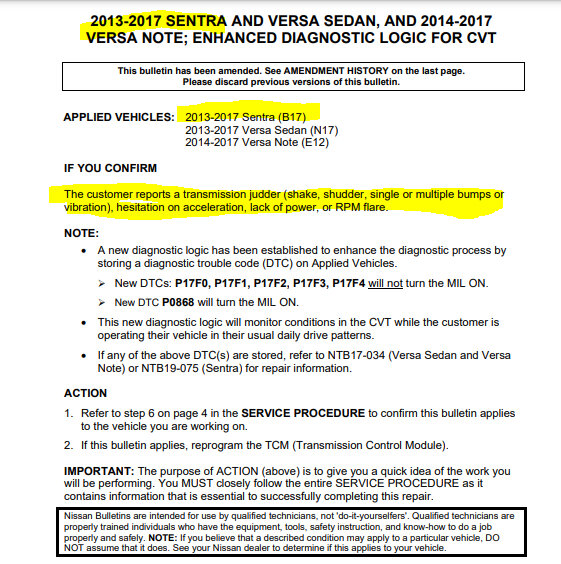The code (U3000) doesn't specify a particular problem but rather suggests that there may be a communication problem or malfunction within the vehicle's control modules, sensors, or the network that connects them. It's typically necessary to use a diagnostic tool to retrieve additional information and pinpoint the exact issue associated with the U3000 code. Common reasons for U3000 codes may include wiring problems, sensor failures, or issues with the vehicle's electronic control system.
Similar to the U3000 code, U3400 doesn't provide specific details about the problem but rather points to a potential issue with the communication between various control modules and sensors in the vehicle's electronic system.
The code is broken down as follows.
U = network code (can communication issue)
3 = Generic code / non-specific
0 = Transmission
0 = AC clutch feedback
0 = Transmission Engaged at High Throttle Angle
The U3400 is the same except for the 4. The number 4 indicates a fuel injector malfunction. Again, this is a generic code.
Here is what I'm going to suggest. Because of the complexity of this code, you should contact a dealership. The transmissions in these vehicles are continuous variable transmissions (CVT) and Nissan has indicated problems with the transmissions and transmission control modules. They will likely try to reprogram/flash the car's TCM.
When you contact a dealer, tell them you have been made aware of a potential recall specific to the shuddering. See pic below
Let me know if this helps or if I just caused more confusion. LOL I will tell you that CVT transmissions are usually replaced rather than repaired. They aren't as durable as a traditional transmission, so anything is possible.
Take care,
Joe
See pic below.
Image (Click to make bigger)
Tuesday, October 31st, 2023 AT 9:03 PM



